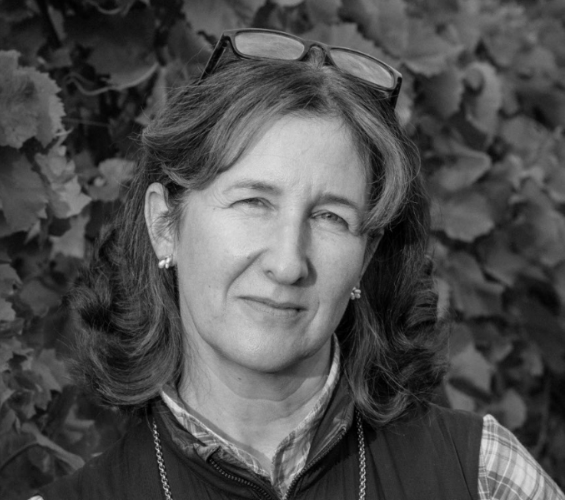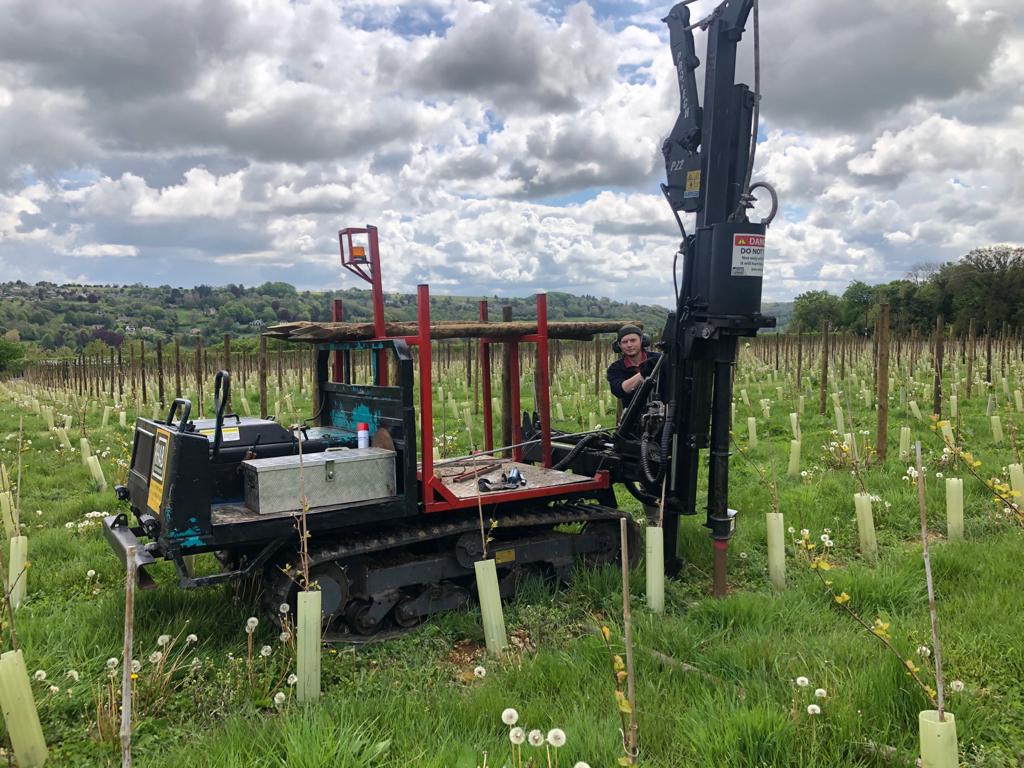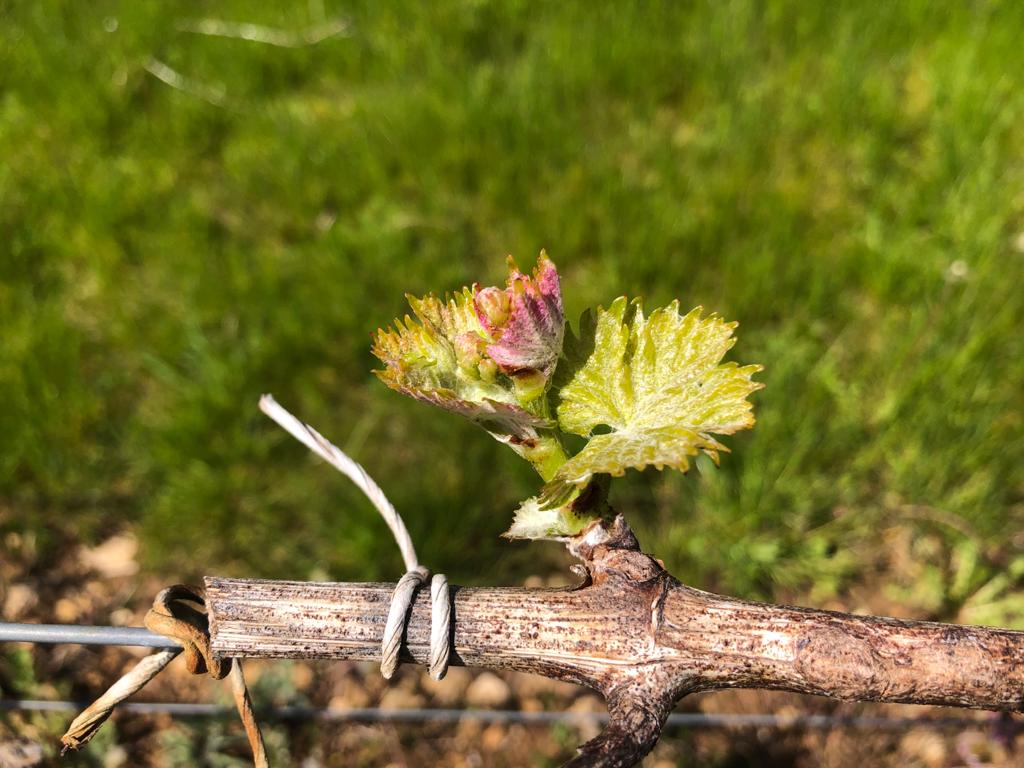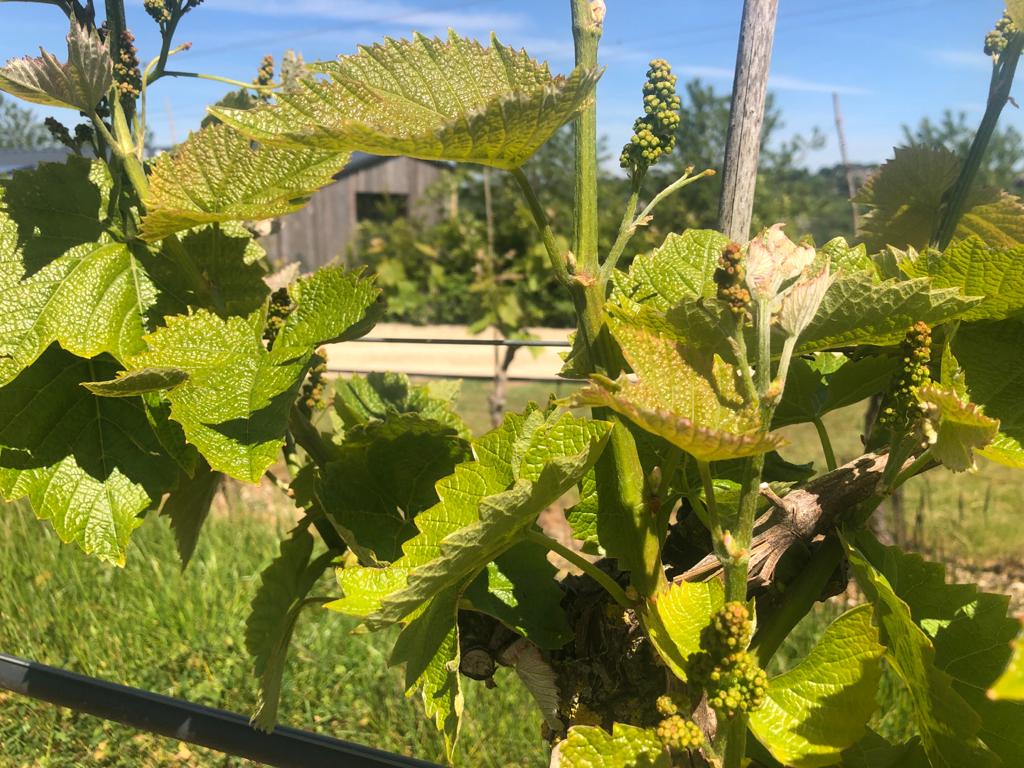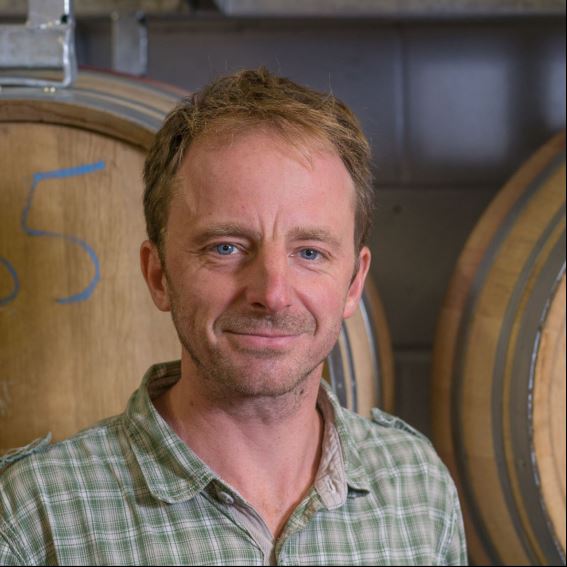Frost, frost & more frost...
Fiona Shiner, Founder
It has been a very cold and slow start to 2021. The frostiest April since 1961 has meant late nights and early mornings for the vineyard team lighting our bougies (antifrost candles) on 6 occasions to protect the vines in our frost prone areas. We are all looking forward to some warmth and sunshine to help the vines catch up from the latest start to the growing season since we planted in 2007. Otherwise it will be picking in November.
In the meantime, our new trellis is being installed in the 2019 planting at Woodchester. 20,000 vines will require approximately 5000 posts. The Cotswold Brash is a tough environment for post bashing and we need to rock spike each post hole before the post can be installed. A rock spike is a high tensile steel spike designed to penetrate rocky ground. We are very glad of the tracked post driver we have hired to help us do the job. Check out our video at the bottom of this article where we catch up with Greg in the vineyard explaining how the trellis is installed.
We will also be replacing a small number of vines of a very low yielding Pinot Noir clone with a tried and tested Pinot Noir clone more productive in our vineyards. With 10 years of harvests at Woodchester Valley, we now have some history of vine growing at our sites and are learning which clones work best for us.
Installing the new trellis
Ortega 17th May 2021
Ortega 20th May 2020
Look Out, Bottling’s Approaching
Jeremy Mount, Winemaker
With one week countdown to bottling all pre-planning and logistics are coming together, with just a couple of things left to be delivered to the winery. This year is the first time we’ve bottled both the still and sparkling wines over the same week. It is all done very quickly by a mobile bottling line that comes from Sussex, sets up and takes about a week. The bottling processes are different, so here’s an overview of what the differences are.
The still wines are bottled via a filter with standard screw caps in an inert bottle (no oxygen present); in a separate area they are then labelled and boxed, stacked on pallets and taken to the storage. This requires quite a large crew for the areas and is more logistically challenging than the sparkling wines. When bottling the sparkling wines, the operation differs slightly: 3 days before the bottling start date a mother culture is created to activate and develop a strong population of yeast cells. The concept is similar to a yeast culture in bread making except we use wine and sugar instead of flour. Just before bottling a specific amount of sugar and the yeast culture is added to the designated tank/wine to be bottled, this is mixed in with the wine and constantly agitated during bottling, so it doesn’t settle in the tank. The bottling is generally quicker at an average rate of approx. 2,000 bottles per hour, once bottled (with air, so the yeast can develop) they are capped with a crown cap (similar to a beer bottle). The bottles then get stored in stillages (wire cages that hold 500) then taken to the storage area, where the second fermentation slowly occurs which takes a couple of months, creating the fizz we all love.
Installing The Trellis
Here we're catching up with Greg in the vineyard while he explains how we're installing the new trellis system

